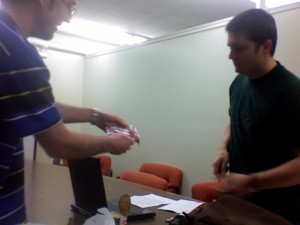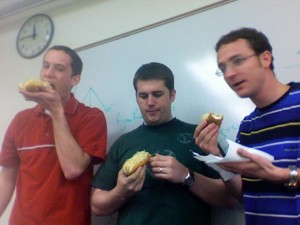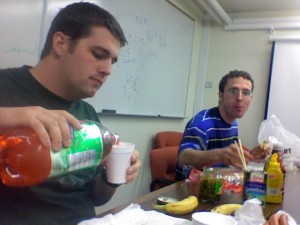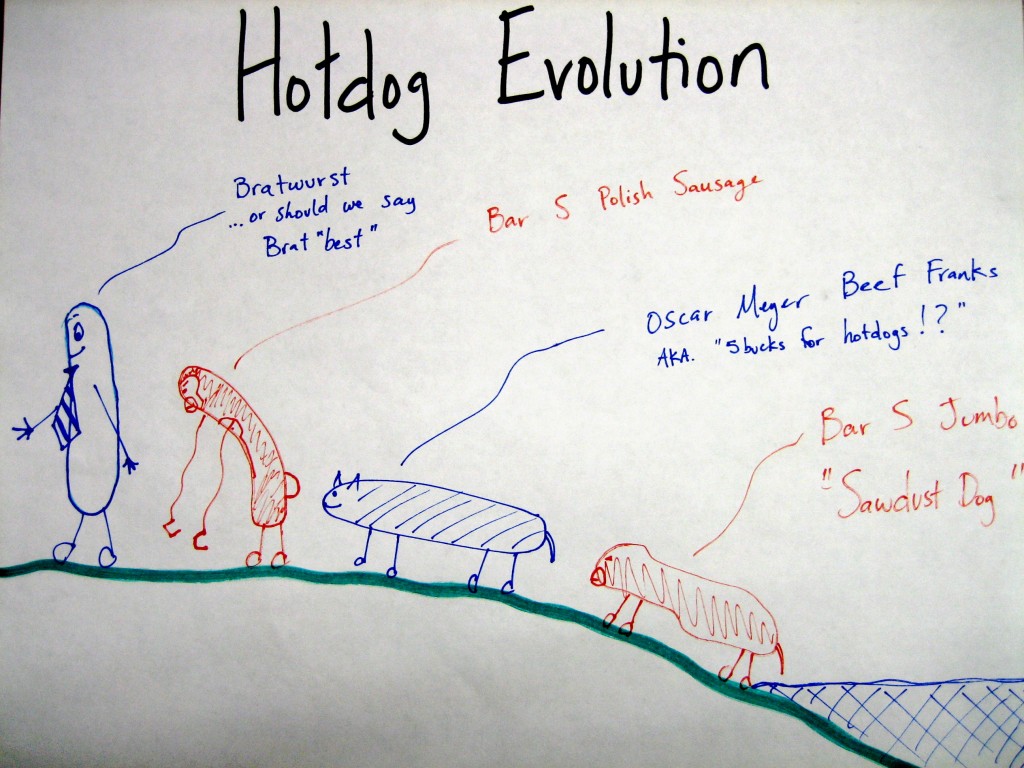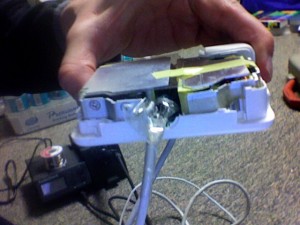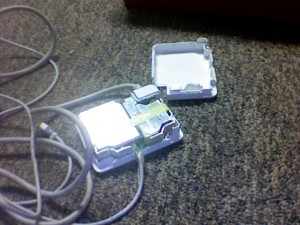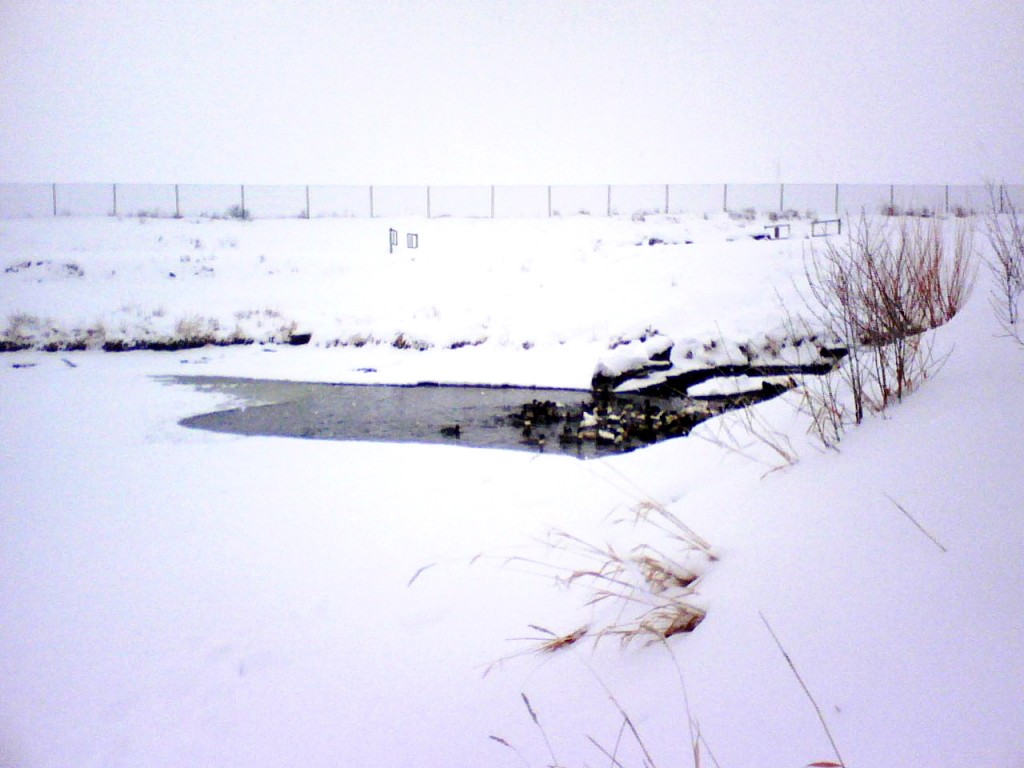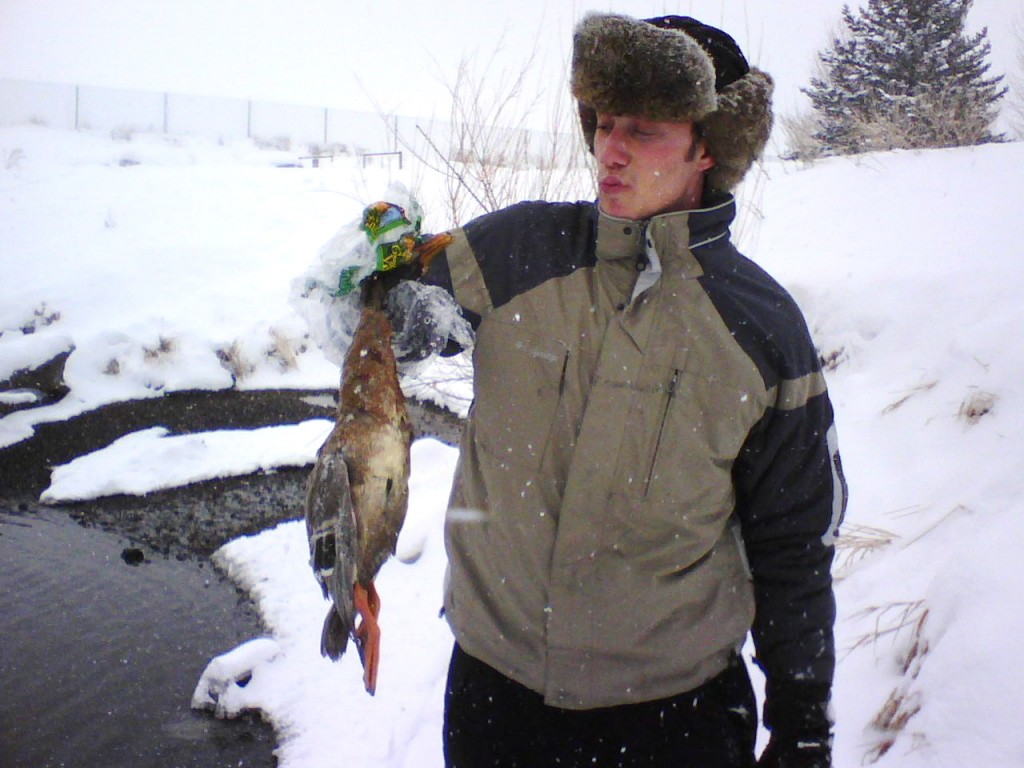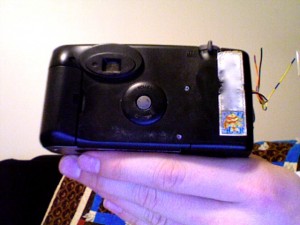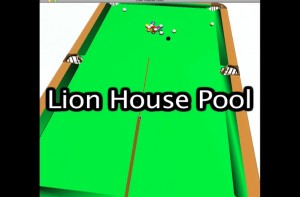Here it is, my first post of the new blog!
My nephew inspired the thought that led me to bring back the blog. I told him he could easily setup something on my website if he wants to learn web programming. Then I realized that for me to share the website, I’d have to figure out how to actually setup apache for subdomains. I also wanted it to support https and http.
Turns out this is fairly simple:
- Add an A record to DNS for each subdomain
- Inside apache, include at least the following:
NameVirtualHost *:80
NameVirtualHost *:443
- For each subdomain make a conf file (in /etc/httpd/conf.d/) that includes a VirtualHost entry for each subdomain:
<VirtualHost *:80>
ServerName carson.fenimorefamily.com# Index file and Document Root (where the public files are located)
DirectoryIndex index.html index.php
DocumentRoot <directoryForYourSubdomain>
</VirtualHost><VirtualHost *:443>
SSLEngine on
SSLCertificateFile <crtFileName>
SSLCertificateKeyFile <keyFileName>ServerName carson.fenimorefamily.com
DirectoryIndex index.html index.php
DocumentRoot <directoryForYourSubdomain>
</VirtualHost>
Note that I basically repeat the same section for SSL and normal. Why? Because in the SSL virtual host you actually turn on the SSL engine. All the rest of the innards of each section could be placed in a separate file and included, I suppose, but prudence (or laziness) suggests otherwise for now.
Here’s looking forward to blogging about useful technical stuff; I’m purposefully not sharing juicy tidbits from my personal life, as I think the only interested parties for those things are web bots and terrorists.
I’ll even try to do some retroactive blogging of projects from the past eight years. To that end I’ll write a TODO list here and see how well I do at whittling it down.
- Mapping out the East Coast – Really keeping a log of places we’ve been and interesting facts
- Becoming landlords
- The chicken pi – my solution for monitoring a bunch of chickens
- Some woodworking stuff – I have pictures, why not post
- My recent raspberry-pi camera solutions
- Some details from my thesis
- My latest discoveries in web programming (oh how i used to loathe web, until angular came along)
- Programming a game with my nephew



